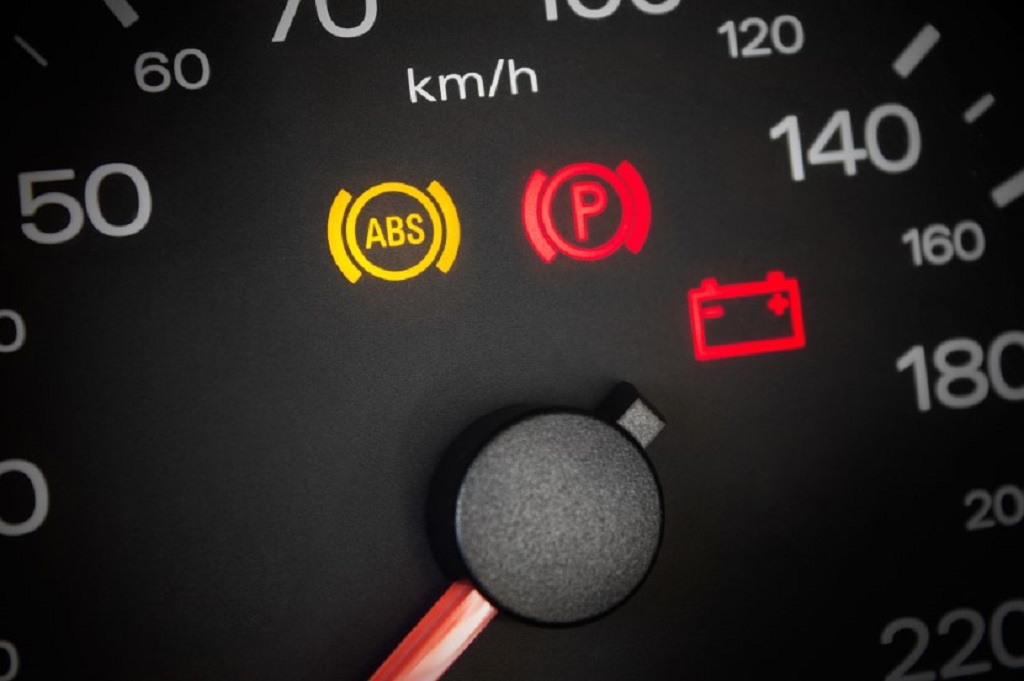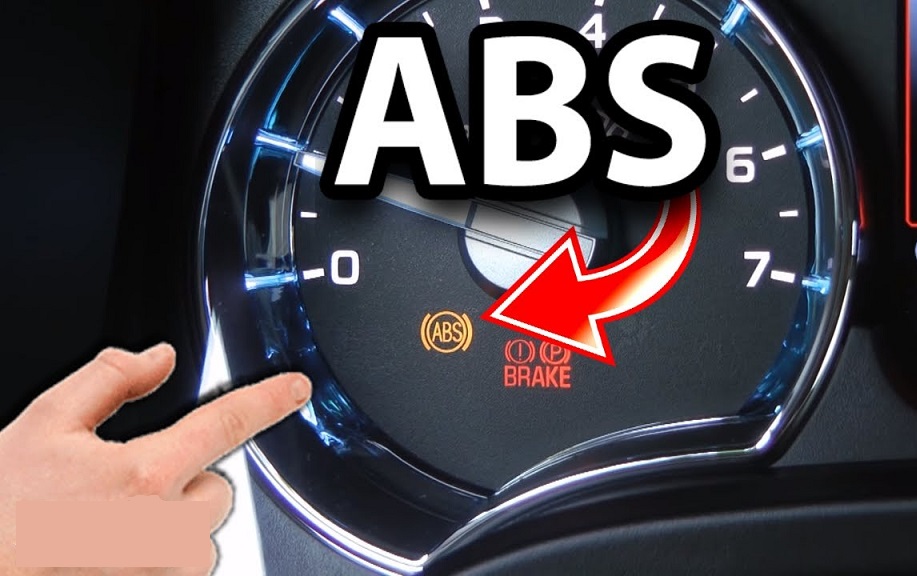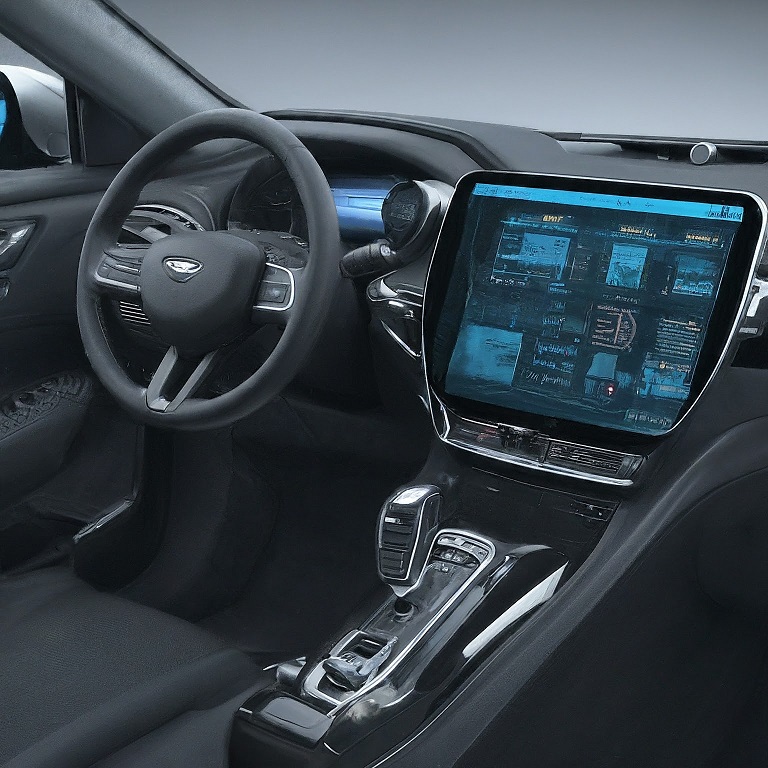The Anti-Lock Braking System (ABS) light on your dashboard can be a nerve-wracking sight. It throws a wrench into your peace of mind, leaving you wondering – are my brakes safe? Can I still drive? Fear not, fellow motorist! This guide will equip you with the knowledge to tackle a lit ABS light, keeping you safe and informed.
Why Does the ABS Light Come On?
Think of the ABS system as a safety net for your brakes. It prevents wheels from locking during hard stops, ensuring you retain steering control. The ABS light illuminates when the system detects a malfunction, hindering this critical function.
Here are some common culprits behind a lit ABS light:
- Sensor Issues: These ring-shaped components near your wheels monitor wheel speed. Dirt, debris, or damage can disrupt their signal, triggering the warning light.
- Low Brake Fluid: Brake fluid transmits pressure from the pedal to your brakes. Low fluid levels can lead to air bubbles in the system, confusing the ABS and causing the light to activate.
- Faulty ABS Module: This complex computer brain of the ABS system can malfunction due to internal electrical issues.
- Blown Fuse: A burnt-out fuse can interrupt power to the ABS system, similar to a tripped switch in your home.
Fight or Flight: DIY Fixes vs. Professional Help
While the ABS light might send shivers down your spine, there are a few safe DIY checks you can perform before seeking professional help:
- Restart Your Car: Sometimes, a simple computer glitch can trigger the light. Turning your car off and on again can be a quick fix.
- Check Brake Fluid Level: Consult your owner’s manual to locate the brake fluid reservoir. If the level is low, top it up with the recommended fluid type.
- Visually Inspect Sensors: While you’re at it, take a peek at the ABS sensors behind each wheel. Look for any visible damage or excessive dirt build-up.
Important Note: Never tamper with the sensors themselves. Delicate wiring and internal components can be easily damaged by improper handling.
If these checks don’t extinguish the light, it’s time to consult a mechanic. They possess specialized tools and expertise to diagnose the problem. Here’s where things get interesting – for the gearheads out there!
Advanced Diagnostics: Code Readers and Beyond
Modern cars come equipped with an On-Board Diagnostic (OBD-II) port. This portal allows mechanics (and some savvy DIYers) to connect a scan tool and retrieve diagnostic trouble codes (DTCs). These codes pinpoint the specific area of concern within the ABS system, expediting repairs.
For complex issues, mechanics may use specialized tools to delve deeper. This can involve electrical testing of the ABS module or advanced diagnostics on individual wheel speed sensors.
The Road Ahead: Repair Costs and Considerations
The cost of fixing an ABS light can vary depending on the root cause. Here’s a ballpark figure:
- Sensor Cleaning/Replacement: $50-$200 per sensor (labor included)
- Brake Fluid Flush: $100-$200
- Blown Fuse Replacement: Relatively inexpensive (DIY friendly)
- Faulty ABS Module: $500-$1000 (most expensive scenario)
Remember, a functional ABS system is crucial for safe driving, especially in emergency situations. A study by the National Highway Traffic Safety Administration (NHTSA) found that ABS reduces crash fatalities by 30% on wet pavement [source: NHTSA website on ABS benefits]. Don’t ignore a lit ABS light – prioritize your safety and get it checked by a qualified professional.
Related: How to Jump a Car
Bonus Tip: Regularly scheduled maintenance, including brake pad and fluid changes, can help prevent ABS issues from arising in the first place.
By understanding the causes behind a lit ABS light and the potential solutions, you’re empowered to make informed decisions about your car’s well-being. Remember, a safe car is a happy car (and driver)!






